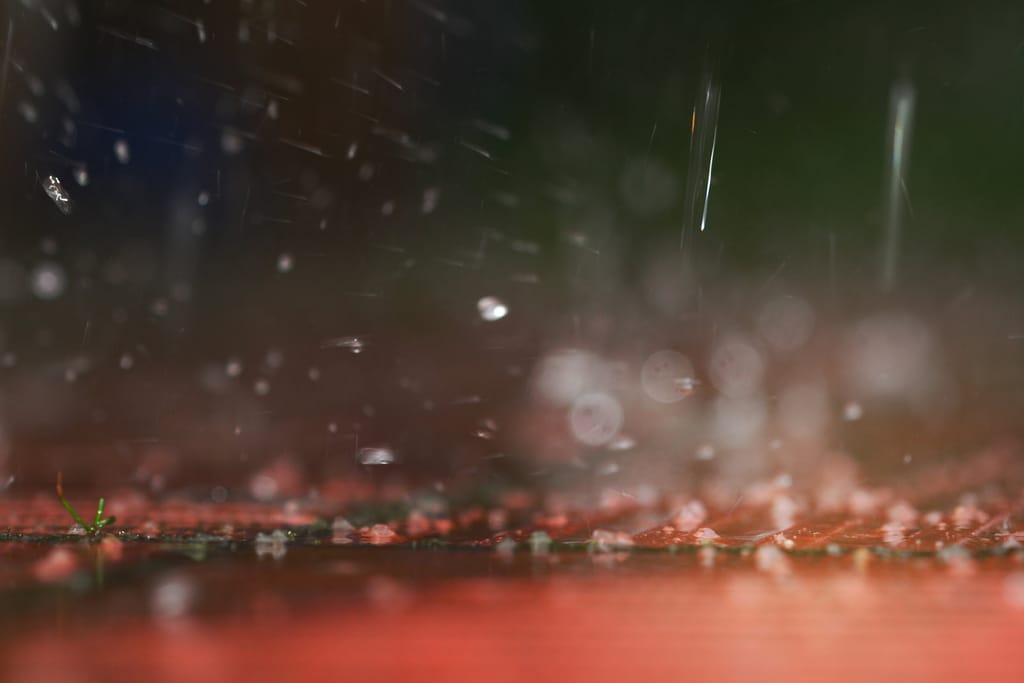What is a pillow protector?
A pillow protector is a protective cover that keeps the bed pillow safe from dirt, dust, stains, and other contaminants and particles. They make it of a durable fabric like polyester or cotton and fits over your pillow. Pillow protectors are a great way to extend the life of your pillow and keep it clean.
The benefits
Pillow protectors are a type of encasement that fits over the pillow, providing a barrier between you and the pillow itself. There are several benefits to using a pillow protector, including extending the life of the pillow, allergy relief, and protection from dust mites and other allergens.
Using a pillow protector helps to extend the life of your pillow. Pillow protectors protect the pillow from dirt, dust, sweat, and other debris that can accumulate on the pillow. This helps to keep the pillow clean and free from dirt and grime, which can otherwise shorten the lifespan of the pillow.
Pillow protectors are machine washable, making them easy to clean, which further contributes to extending the life of the pillow.
These items can also provide relief for those with allergies. They keep dust mites, pet dander, and other allergens from getting onto the pillow and into the air. This can provide a great deal of relief for those who suffer from allergies. They make many pillow protectors from hypoallergenic fabrics, further helping to reduce allergens in the air.
Pillow protectors can also provide protection from dust mites and other surface and airborne allergens. Dust mites are one of the most common causes of allergies, and they can accumulate on pillows. Pillow protectors form a barrier between the pillow and the dust mites, helping to reduce their presence in the bedroom. Some pillow protectors are treated with special chemicals that help to repel dust mites, further protecting the pillow and the individual from allergens. They made others from natural materials that are allergen repellent.

Types, materials, and care
When choosing a pillow protector, there are several important factors to consider. The type, material, and care instructions are all important considerations. When looking for a pillow protector, the type you choose will depend on your needs. Pillow protectors come in many types, such as waterproof, waterproof and breathable, and dust mite resistant.
Waterproof protectors are great if you are looking to keep liquids from soaking into your pillow. Waterproof and breathable protectors are also a good option, as they allow air to circulate while still keeping liquids out. Dust mite resistant protectors can help keep allergens at bay.
The material of the protector is also important. Common materials include cotton, polyester, and microfiber. Cotton is soft and breathable, making it a good choice for those who are sensitive to synthetic materials. Polyester is lightweight and durable, while microfiber is a synthetic material that is soft.
You should wash pillow protectors to keep them clean and free of dust mites and allergens. Be sure to read the care instructions on the protector before washing, as some materials may require special care. For example, some pillow protectors may need to be washed in a delicate cycle and hung to dry.
Caring for your pillow protector
Proper care and maintenance of your pillow protector will ensure that it maintains its protective properties and lasts for many years. The following tips will help you keep your pillow protector in top condition:
- Wash your pillow protector. You should wash pillow protectors at least once a month using a mild detergent. Always check the care instructions on the label before washing to ensure that you are using the correct settings.
- Let your pillow protector air dry. Avoid using a dryer as the heat can damage the protector’s waterproof coating. It’s best to let the protector air dry.
- Store your pillow protector. It’s important to store your pillow protector in a dry place to prevent mold and mildew from forming.
- Clean spills and stains. If your pillow protector gets stained or spills occur, clean the affected area as soon as possible. Use a gentle cleaner and follow the care instructions on the label.
- Replace your pillow protector. To maintain its protective properties, it’s important to replace your pillow protector every three to six months.
Conclusion
A pillow protector is an essential item for anyone looking to keep their pillows and pillowcases hygienic, and protected from dust mites, allergens, and other irritants. It is a simple yet effective way to help maintain the health of your pillows and to ensure that they remain comfortable and supportive for years to come.
Reference
- May, S. A. (2022, April 20). What Is A Pillow Protector? (What Are They Used For?). The Daily Bed. https://thedailybed.com/what-is-pillow-protector/
- Mortram, K. (2022, March 19). What is a pillow protector — and are they worth it? Tom’s Guide. https://www.tomsguide.com/news/what-is-a-pillow-protector-and-are-they-worth-it
- Rae, B. H. (2020, March 24). Do You Need a Pillow Protector? Consumer Reports. https://www.consumerreports.org/pillows/do-you-need-a-pillow-protector/